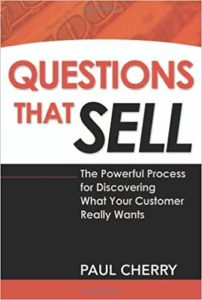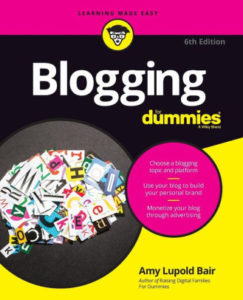Before Blogging for Business, Know Your Fruits and Vegetables

“Knowing the audience for a particular essay is important because it determines the content that will appear in the writing,” the Ames Community College Online Writing Lab teaches. “In other words, having a focused topic is important, but having a specific audience is equally important.”
My professional speaker friend Karl Ahlrich found out the importance of this advice – the hard way. Addressing a large audience of accountants on the topic of employee engagement, he had opened with the story of a grocery chain in which store clerks proudly wore nametags on which each had completed the sentence: “my favorite vegetable is….” One young man had written his choice in bold letters: “Tomato”.
Poised to use that anecdote to make his point about the proper training of employees (after all, grocers ought to know tomatoes are in the fruit family), Karl was horrified to notice one audience member striding purposefully up the center aisle, headed for the microphone set up for audience questions and comments. “Nix vs. Hedden”, the man pronounced loudly. “Ummmm”, the audience replied, heads nodding. Puzzled as to why his anecdote had fallen so flat, the speaker struggled, almost too late, to refocus their attention on the topic of employee motivation.
(Later, my friend learned, Nix v. Hedden refers to an 1893 Supreme Court case. The ruling: Under U.S. customs regulations, the tomato should be classified as a vegetable rather than a fruit. Alas, while Karl had indeed had a focused topic, and in fact was addressing a specific audience, he had failed to properly gauge that audience’s knowledge level, (at least where it came to tomatoes!).
“Had Free People done their research on this segment of their audience, they would know how important the dance form, and the pointe shoes are to them,” Andrea Goulet Ford writes in Why Knowing Your Audience is So Important and Not Knowing it is So Dangerous. (The author is discussing the fact that readers found dance clothing line Free People’s promotional video offensive; it depicted improper ballet dance form and clothing unsuited for classically trained dancers).
“…it is important to analyse your online audience and target your campaigns to them. There are many tools to help you identify your audience, from Google Analytics data and social media to surveys – the more data the better! Once you have your data you can start to put together personas and plan your online marketing activities around them,” Sleeping Giant Media teaches.
“Consumers are used to telling stories to themselves and telling stories to each other, and it’s just natural to buy stuff from someone who’s telling us a story,” observes Seth Godin in his book All Marketers Tell Stories. My speaker friend Karl Ahlrich knew the power of story; he didn’t go quite far enough in researching his audience. “No marketing succeeds if it can’t find an audience that already wants to believe the story being told,” Godin explains.
At Say It For You, I tell newbie blog content writers: “Everything about your blog should be tailor-made for that customer – the words you use, how technical you get, how sophisticated your approach, the title of each blog entry – all of it.” Since we, as ghostwriters hired by clients to tell their story online to their target audiences, we need to do intensive research, as well as taking guidance from the client’s experience and expertise. Interviewing experts allows blog content writers to dig deep into the topic, hopefully avoiding tomato-style “faux pas”.
And, (drumroll, please), the moral is: – Before blogging for business, know your fruits and vegetables!



 estate consultant) wasn’t about blogging, it might have been. “Position Yourself As An Expert Source”, the title read; the content consisted of tips on establishing one’s credentials.
estate consultant) wasn’t about blogging, it might have been. “Position Yourself As An Expert Source”, the title read; the content consisted of tips on establishing one’s credentials.
Follow us online!